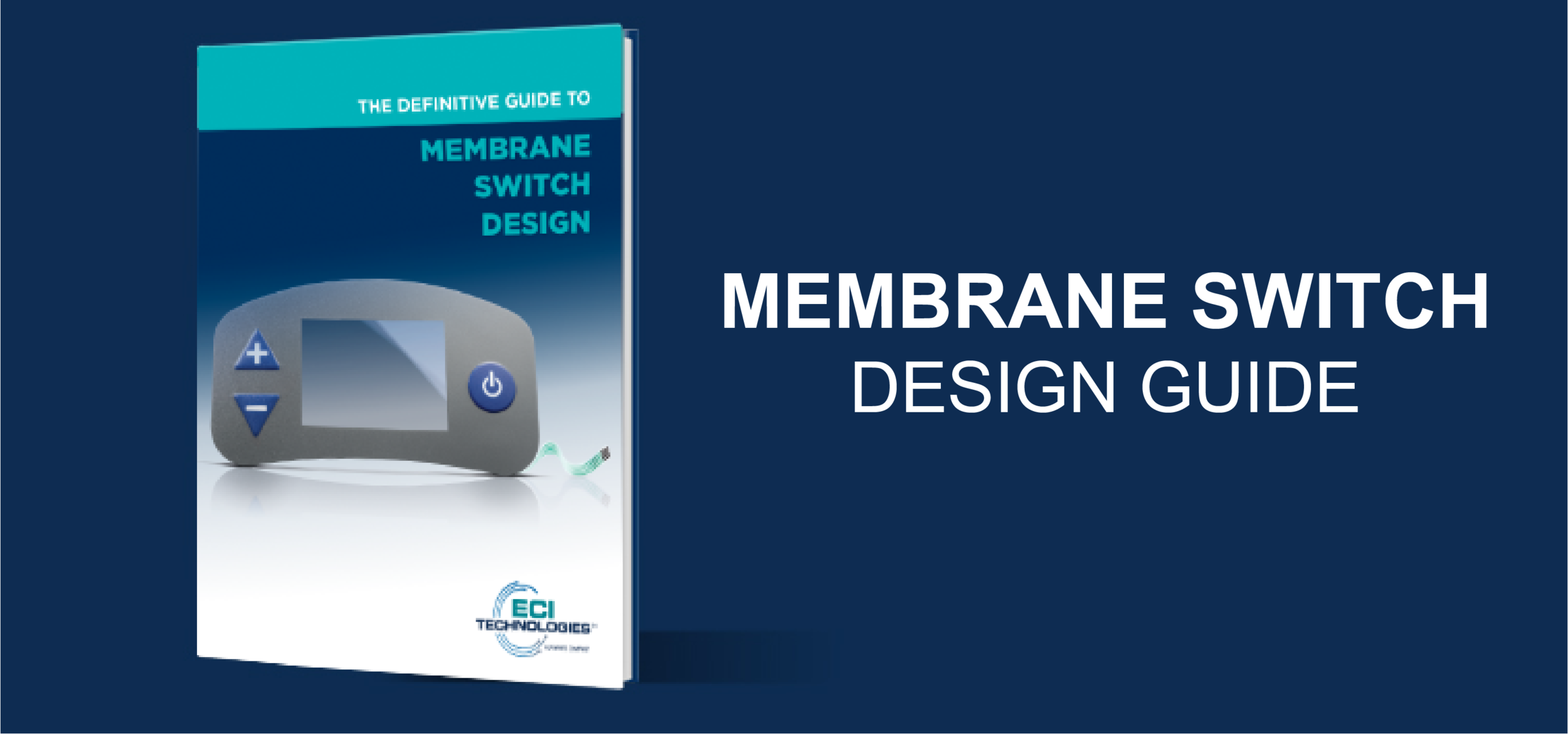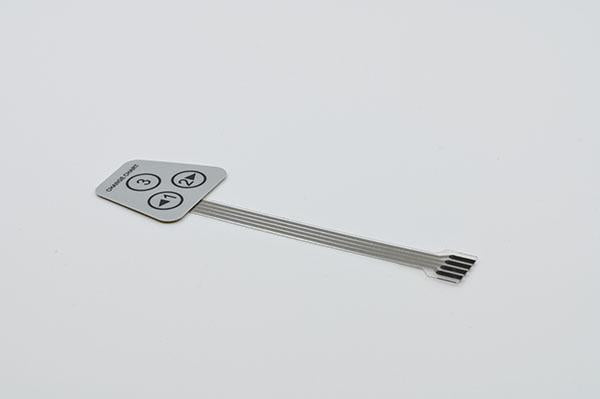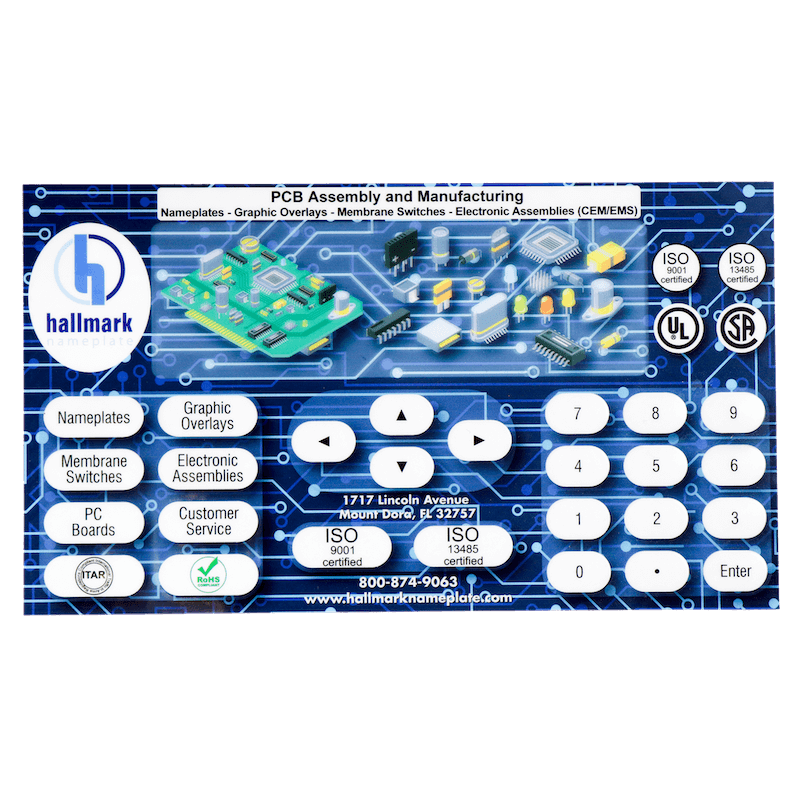Membrane Switches: The Best Choice for Compact and Reliable Controls
Membrane Switches: The Best Choice for Compact and Reliable Controls
Blog Article
Understanding the Significance of Membrane Switches in Interface
Membrane buttons are integral parts in the layout of efficient individual interfaces, facilitating not only capability yet likewise improving aesthetic allure and customer communication. As we explore the future patterns and various advantages linked with Membrane technology, it ends up being clear that these buttons are more than just parts; they stand for a merging of advancement and practicality.
What Are Membrane Buttons?

The spacer layer, which consists of sticky homes, allows for the splitting up of the circuit layer from the overlay, making sure that the switch continues to be in a non-activated state up until pressed. When pressure is used to the overlay, it presses the spacer layer, linking the gap and finishing the circuit in the underlying layer. This layout not only minimizes the physical space required for conventional mechanical switches but additionally improves the toughness of the tool, as Membrane switches are usually immune to dirt, dampness, and various other ecological factors.
Generally located in applications varying from consumer electronics to clinical devices, Membrane buttons are indispensable to modern-day technology, giving a efficient and straightforward user interface that lines up with contemporary layout demands.
Advantages of Membrane Buttons
While numerous switch technologies exist, Membrane Switches deal distinct benefits that make them specifically desirable in different applications. Among the key benefits of Membrane buttons is their compact style, which enables space-saving applications in devices where realty is restricted. Their slim profile not just enhances aesthetic appeal yet likewise helps with light-weight building.
Another considerable benefit is their resistance to environmental elements. Membrane buttons are generally sealed versus dampness, dust, and contaminants, making them suitable for usage popular environments, such as medical tools and commercial equipment. This sturdiness prolongs the life-span of the button, reducing maintenance expenses and improving integrity.
In addition, Membrane switches can be customized to meet particular style demands, integrating special graphics and shades that improve individual interaction. Their responsive responses options can additionally be tailored to offer an enjoyable individual experience. In addition, Membrane switches are cost-effective, particularly in high-volume applications, as they can be produced efficiently.
Applications in Different Industries

In the customer electronic devices field, Membrane buttons are prevalent in gadgets such as microwaves, cleaning makers, and remotes. Their responsive comments and visual options enhance user experience while offering a smooth, modern look. Furthermore, vehicle suppliers utilize Membrane buttons in control panel controls and infomercial systems, where room is restricted, and individual interaction is important.
Additionally, the commercial market leverages Membrane buttons in control panels for machinery and equipment, enabling user-friendly operation in typically severe environments. Their resistance to chemicals and moisture ensures long life and integrity in these applications. Generally, the versatility of Membrane Switches contributes considerably to their widespread use, making them crucial in numerous technical domains.
Design Factors To Consider for Membrane Switches

When creating Membrane switches, several crucial considerations must be considered to guarantee optimal capability and individual experience. Firstly, the option of products is vital; selecting sturdy, premium substratums can improve the button's durability and resistance to environmental aspects such as moisture and temperature level variations.
Second find out of all, the style of the visuals overlay should prioritize clearness and simplicity of usage. Icons and text have to be readable, and the layout must facilitate user-friendly interaction (membrane switches). Furthermore, responsive responses is necessary; integrating a tactile dome or various other systems can enhance the customer experience by supplying physical verification of activation
Another important aspect is the button's electric efficiency. Developers should make certain that the conductive traces are properly created to reduce resistance and stay clear of signal disturbance. This involves evaluating the needed actuation pressure and making certain compatibility with the electronic components they will interface with.

Future Trends in Membrane Modern Technology
As technology remains to breakthrough, Membrane buttons are poised to advance significantly, driven by developments in products and making strategies. One emerging trend is the consolidation of advanced materials, such as conductive inks and versatile substratums, which enhance toughness and lower the general weight of Membrane buttons. These products not just improve the tactile action yet additionally enable the style of buttons that can hold up against harsher ecological problems.
In addition, the integration of touch-sensitive technologies is changing traditional Membrane Switches into more interactive interface. Capacitive touch sensors embedded within Membrane button panels can supply a much more user-friendly and responsive user experience, aligning with the expanding need for smooth, contemporary designs in consumer electronic devices.
Additionally, advancements in printing methods, such as electronic and 3D printing, make it possible for rapid prototyping and personalization of Membrane switches. This versatility enables suppliers to react more quickly to market needs and customer choices.
Finally, sustainability is ending up being a significant focus, with manufacturers discovering environmentally friendly materials and procedures. As these patterns unravel, the future of Membrane technology promises boosted performance, visual charm, and environmental duty, solidifying their duty in sophisticated user interfaces throughout different industries.
Verdict
Finally, Membrane Switches represent an essential component in the design of user interfaces, incorporating functionality with aesthetic adaptability. Their advantages, including longevity and resistance to environmental elements, make them ideal for varied applications throughout various industries. Moreover, thoughtful style considerations improve Source individual communication and experience. As innovations in modern technology proceed, the development of Membrane switches is anticipated to more refine user interfaces, driving innovation and improving use in a significantly complicated technological landscape.
Membrane buttons are integral elements in the layout of reliable user interfaces, assisting in not just capability but also improving aesthetic charm and individual interaction.Membrane Switches offer as a vital component in various user interfaces, helping with a seamless interaction between customers and digital gadgets.While many switch innovations exist, Membrane Switches offer distinct benefits that make them especially desirable in various applications.In addition, Membrane switches can be tailored to satisfy particular design demands, integrating unique graphics and shades that enhance customer communication.In verdict, Membrane Switches stand for an essential part in the layout of individual interfaces, Click Here combining capability with visual versatility.
Report this page